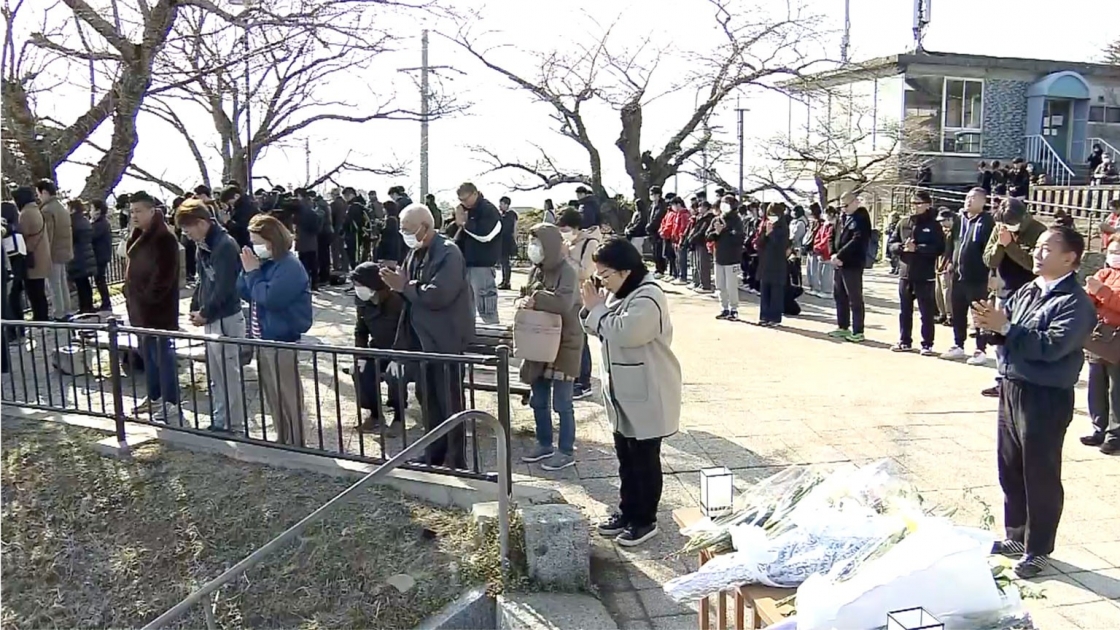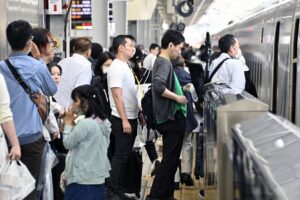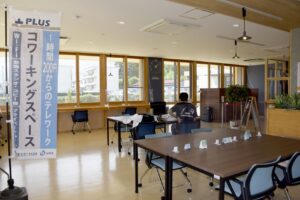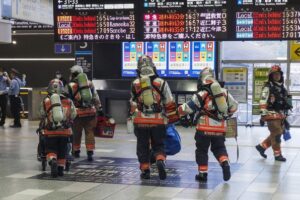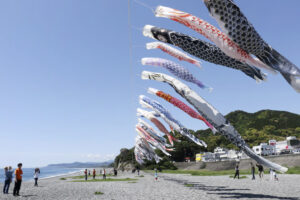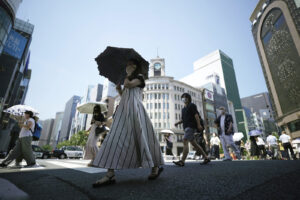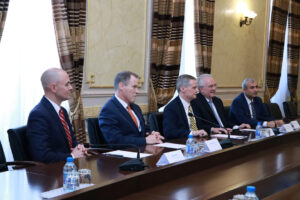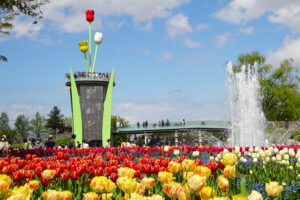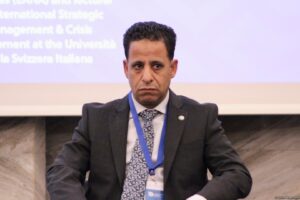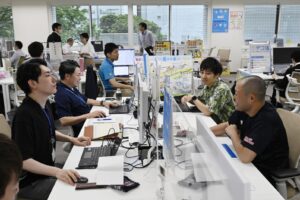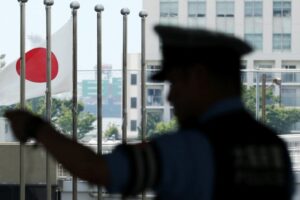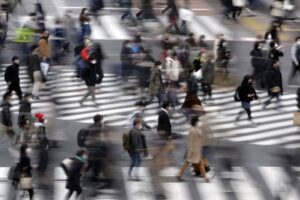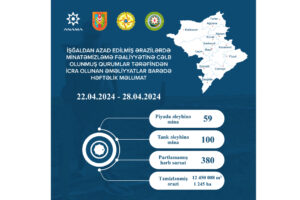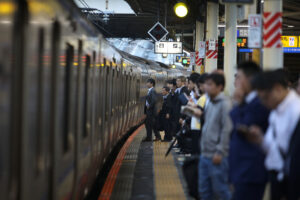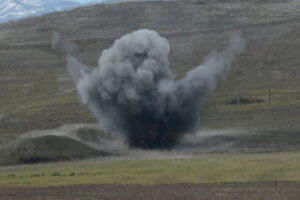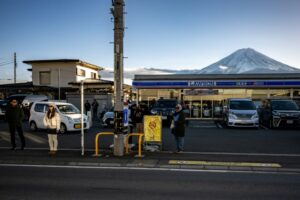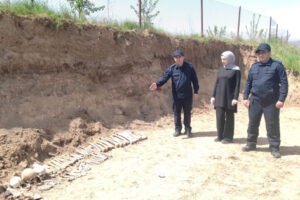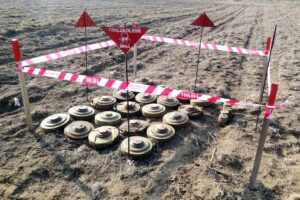Tokyo, 11 March, /AJMEDIA/
Japan on Monday marked 13 years since a devastating earthquake and tsunami struck the country’s northeastern regions, resulting in the loss of over 22,000 people and triggering the world’s worst nuclear disaster since the 1986 Chernobyl crisis, according to Kyodo News.
While recovery in areas hardest hit by the magnitude-9.0 earthquake and resultant tsunami has progressed, life has yet to return to normal for the nearly 29,000 still displaced as of Feb. 1, with cleanup efforts at the Fukushima Daiichi nuclear complex expected to span decades.
With a powerful quake hitting the Noto Peninsula in central Japan on New Year’s Day this year and claiming more than 200 lives, residents in northeastern Japan sympathized with those affected, recalling their own experiences 13 years ago.
Rio Otomo, a 19-year-old university student, whose house in Rikuzentakata in Iwate Prefecture completely collapsed in the tsunami, said those who lost family and homes in the latest quake may not yet be able to see a way forward.
“I believe now is the most difficult time, but a good future will surely come as long as they help each other,” Otomo said.
The central government stopped hosting memorial services in Tokyo in 2022, with municipalities in the affected areas now holding annual events on a smaller scale. Japanese Prime Minister Fumio Kishida is set to attend a ceremony hosted by Fukushima Prefecture on Monday.
The latest figures from the National Police Agency released Friday put the death toll from the disaster at 15,900 people, while 2,520 people are still missing as of the end of February. The vast majority of deaths and missing person cases are in the prefectures of Miyagi, Fukushima and Iwate.
According to the Reconstruction Agency, as of December last year, deaths related to the disaster, such as from illness or stress-induced suicide, stood at 3,802.
In Minamisanriku, Miyagi Prefecture, its mayor announced earlier this month that a municipal building where 43 people lost their lives in the tsunami will be preserved after a years-long debate on whether to demolish it.
Visiting the building early in the morning, Shinichi Tada, a 54-year junior high school teacher who lost a relative there, said the town has “drastically” changed over the 13-year period.
“The town building will teach children who have no memories of the disaster what happened at that time,” said Tada.
Cleanup efforts in the aftermath of the nuclear disaster continue to be the subject of controversy, with Tokyo Electric Power Company Holdings Inc. commencing last month its fourth release of treated radioactive water from the crippled Fukushima Daiichi power plant into the Pacific Ocean.
A no-go zone continues to be in place near the nuclear plant itself, and decommissioning work is scheduled to continue until sometime between 2041 and 2051.
While the number of displaced people has dropped from a peak of 470,000 as a result of infrastructure redevelopment, seven municipalities in Fukushima Prefecture are still designated as off-limits due to radiation.
Consultations received by mental health centers established in the prefectures of Iwate, Miyagi, and Fukushima for those affected by the triple disaster totaled 17,302 in fiscal 2021, indicating continued demand for the service despite decreasing from 23,914 in fiscal 2012.
On Jan. 1, a quake in the Noto Peninsula registered at the same maximum level of 7 on the Japanese intensity scale as the northeastern quake. The central Japan temblor also marked the first time an evacuation order for a potential major tsunami was issued since the 2011 quake.

